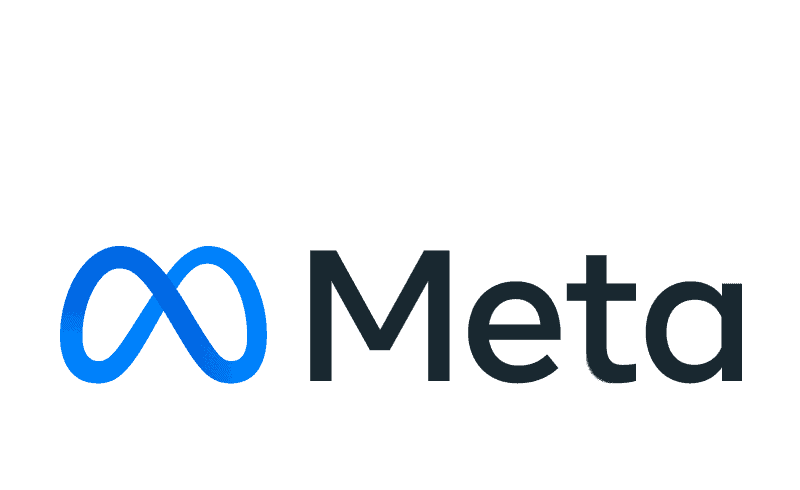With uses ranging from dynamic applications and gaming applications, and machine learning, Python offers a highly versatile programming language to development teams of any size. The vast popularity, ecosystem, and supporting community makes Python a viable choice for any organization.
What is Python?
Python is a programming language that was designed to be incredibly readable. The aim was to allow developers to build web applications rapidly and integrate systems effectively. Python is a high level language that makes use of its extensive ecosystem and array of libraries to allow developers to build a large variety of web pages.
Originally released in 1991 and with over 140,000 stars on GitHub, Python is one of the longest standing and most popular programming languages available. Despite a small decline in popularity between Python Version 2 and Python Version 3, the overall popularity continues to grow.
Why use Python?
Python is a versatile and powerful programming language that offers many benefits for organizations looking to develop robust and efficient applications. One of the most significant advantages of using Python is its simplicity and ease of use, which allows organizations to build applications quickly and efficiently. With its intuitive syntax and dynamic typing, Python is a popular choice for developing prototypes and building full-scale applications. Python’s code readability and maintainability are enhanced by its adherence to the PEP 8 style guide, which helps ensure consistency and clarity in code.
Python’s extensive range of libraries and frameworks makes it an excellent choice for a wide variety of applications, from data science and machine learning to web development and game development. Popular libraries like NumPy, Pandas, and Matplotlib provide advanced data analysis and visualization capabilities, while frameworks like Django and Flask offer powerful web development tools. Python’s support for cross-platform development also makes it an attractive option for organizations looking to build applications that can run on multiple operating systems.
Moreover, Python’s community-driven development and open-source nature make it an ideal choice for organizations looking to build applications without breaking the bank. Python has a vast and active community of developers, who constantly contribute to its growth and development. With the availability of numerous resources like documentation, online courses, and tutorials, organizations can easily find the support they need to build applications in Python. Overall, the many benefits of using Python make it an excellent choice for organizations looking to develop applications that are efficient, scalable, and easy to maintain.
Features of Python
Python’s a versatile, open-source programming language that is easy to learn and write. With Python, organizations are able to make use of countless features.
Dynamic typing
Python is a dynamically typed language, meaning that variable types are not explicitly declared. This allows for faster development cycles and more flexibility in coding, but also means that potential type errors may not be caught until runtime.
Object-oriented programming
Python is a multi-paradigm language that supports object-oriented, functional, and procedural programming styles. This flexibility allows developers to choose the best approach for their specific project needs.
Extensive libraries and frameworks
Python has an extensive collection of libraries and frameworks that can be used for a wide range of applications, such as data analysis, web development, game development, and more. Some of the most relevant entities in this regard include NumPy, Pandas, Matplotlib, Django, and Flask.
“Python allows faster development cycles and flexibility in coding.”
Cross-platform compatibility
Python applications can be developed to run on multiple operating systems, including Windows, macOS, and Linux, without the need for any modifications. This makes Python an ideal choice for organizations that require applications that can run on multiple platforms.
Easy-to-learn syntax
Python’s syntax is designed to be easy to read and write, with a focus on simplicity and clarity. This makes it an ideal language for beginners and also helps experienced developers work more efficiently.
Open-source and community-driven development
Python is an open-source language, meaning that it is freely available to use, modify, and distribute. The Python community is also highly active, with developers constantly contributing to the language’s development and providing support to each other through online forums, tutorials, and documentation.
What makes Python so beneficial?
Countless organizations have benefitted from Python since it’s inception. The open source nature, reliability and scalability of the language are just a few of the reasons Python has generated such popularity.
Open source
As Python is open source, any creator can develop components, frameworks and libraries that can be accessed by any members of the community. This assists future developers as they do not need to write additional code.
Readability
Python’s syntax is designed to be easy to read and write, with a focus on simplicity and clarity, making it easier for developers to understand and maintain code, as well as reducing the likelihood of errors.
Scalability
Python can be used for both small and large-scale projects as it is a flexible and scalable language that can grow with an organization’s needs. The dynamic nature also allows rapid prototyping and experimentation
Cross-platform compatibility
Python applications can be developed to run on multiple operating systems, including Windows, macOS, and Linux, without the need for any modifications. This makes Python an ideal choice for organizations that require applications that can run on multiple platforms.
Web development capabilities
Python’s frameworks, including Django and Flask, provide powerful web development tools that allow developers to create robust and scalable web applications quickly and efficiently. Its simplicity and ease of use also make it an ideal choice for rapid prototyping and experimentation.
Productivity
Simplicity and ease of use allows developers to write code more efficiently, reducing development time and costs. Its extensive range of libraries and frameworks also means that developers can take advantage of pre-existing code, rather than having to write everything from scratch.
Understanding the challenges and limitations of Python programming
Python doesn’t come without its disadvantages, such as its simplicity making it hard to change the overall syntax, limitations in performance due to its dynamic nature, testing only at runtime, to name a few. While Python is still popular among developers, it is always necessary to understand the drawbacks.
Performance limitations
Unlike other popular programming languages including C# or JAVA, Python is dynamically typed and an interpreted language. It is generally slower compared to compiled languages, primarily due to its dynamic nature and versatility.
Global interpreter lock (GIL)
The GIL limits the performance of multi-threaded Python applications, as only one thread can execute Python bytecode at a time. This can make it difficult to fully utilize multi-core processors, which is a significant disadvantage for some applications.
Use for memory-intensive tasks
Python’s automatic memory management can be a disadvantage for memory-intensive tasks, as it can result in higher memory usage and slower performance compared to languages like C or C++.
Limited access to low-level hardware
Python is a high-level language and does not provide direct access to low-level hardware, which can be a disadvantage for some applications that require low-level control.
Steep learning curve
Some of Python’s more advanced libraries, such as NumPy and Pandas, have a steep learning curve, which can be a disadvantage for new developers and organizations with smaller developer teams.
Weak in mobile computing
Use on mobile platforms is limited as it requires an interpreter to run, which can cause performance issues. Python also has a relatively large memory footprint compared to other languages.
Who uses Python?
According to Enlyft, Python has been used by over 165,000 companies in the last 6.5 years. It currently holds over 4.1% of the market share for programming languages and is mainly used by IT companies in the US.

Google uses Python for various tasks such as system administration, testing, and automation. The company has also developed several libraries and tools, including Google Cloud SDK and Google App Engine SDK, which are used by developers to build and deploy applications on the Google Cloud Platform.

Facebook uses Python for the building of the backend of their platform. Facebook’s developers use the language to develop and maintain their infrastructure, and the company has also developed several Python libraries, including PyTorch and Prophet, which are used in machine learning and data analysis.

Netflix is another organization that uses Python. They use Python for tasks including data analysis, recommendation systems, and testing. Netflix’s developers have utilized several Python libraries and tools, including Metaflow and Pyxis, which are used for data science and infrastructure management.

NASA uses Python for data analysis, scientific computing, and simulations. Dropbox uses Python for various tasks, including backend infrastructure, data analysis, and testing. Spotify uses Python for various tasks, including data analysis, machine learning, and backend development.

